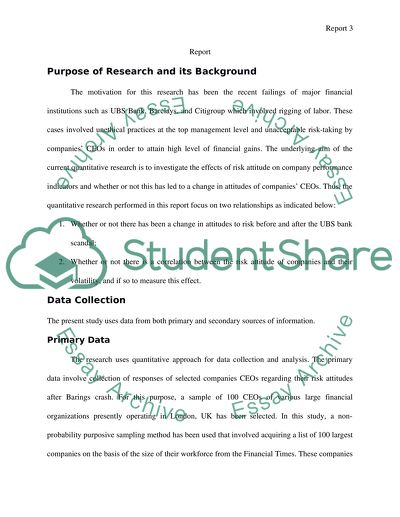Cite this document
(“Report Essay Example | Topics and Well Written Essays - 2000 words - 1”, n.d.)
Report Essay Example | Topics and Well Written Essays - 2000 words - 1. Retrieved from https://studentshare.org/statistics/1465570-report
Report Essay Example | Topics and Well Written Essays - 2000 words - 1. Retrieved from https://studentshare.org/statistics/1465570-report
(Report Essay Example | Topics and Well Written Essays - 2000 Words - 1)
Report Essay Example | Topics and Well Written Essays - 2000 Words - 1. https://studentshare.org/statistics/1465570-report.
Report Essay Example | Topics and Well Written Essays - 2000 Words - 1. https://studentshare.org/statistics/1465570-report.
“Report Essay Example | Topics and Well Written Essays - 2000 Words - 1”, n.d. https://studentshare.org/statistics/1465570-report.


